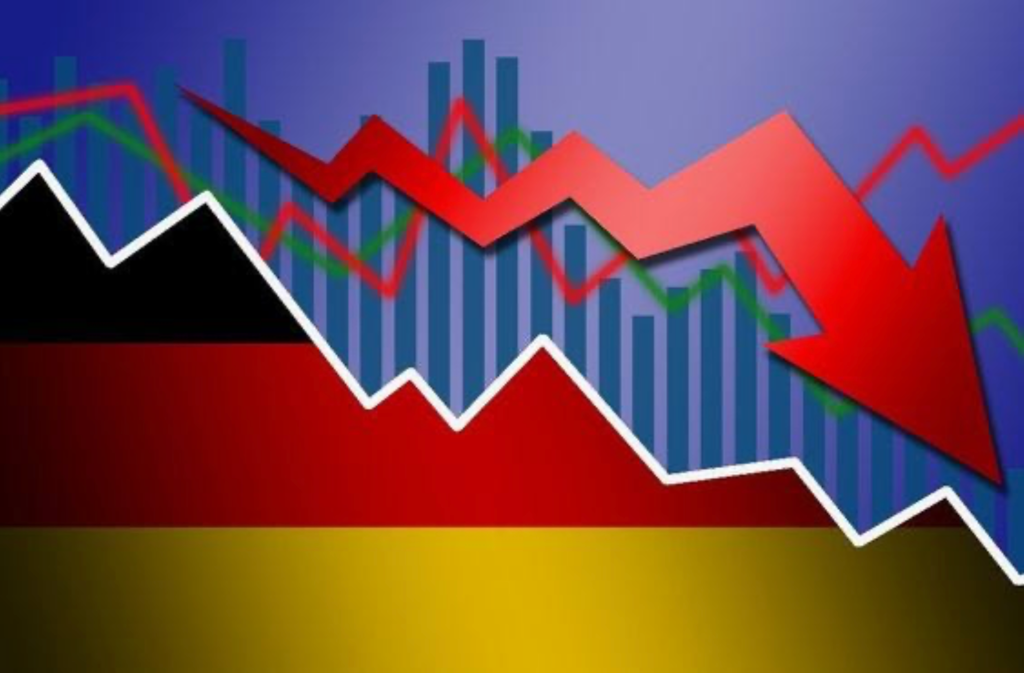By Saurabh Kumar
This past February, 13 first-year analysts in Goldman Sachs’ Investment Banking Division created a presentation about their experiences working at the firm. The Working Conditions Survey describes an astoundingly long work week, problematic conditions, and the negative impact of the analysts’ careers on their health with direct quotes. After making waves on social media and in the news, the analysts’ plea for change raises many questions about the realities of employer expectations in today’s corporate sphere.
Based on the presentation, the 13 analysts were working on average 98 hours per week—and sometimes even higher with the average amount for the week ending February 13 being 105 hours—and getting an average of five hours of sleep every night. To put this into perspective, the average American work week is 34.6 hours.
As of 2019, the World Health Organization (WHO) officially began recognizing burnout as an “occupational phenomenon,” characterized by feelings of exhaustion, cynicism toward one’s job, and reduced professional efficacy. However, burnout is still not recognized as a medical condition.
Burnout and workplace stress can have very real health effects. A Stanford University study found that workplace stress led to $190 billion in health costs and 120,000 deaths annually in the United States. Additionally, employees who report feeling very often or always burned out are 23% more likely to have an emergency room visit. Furthermore, the phenomenon is becoming increasingly prevalent. A Gallup poll discovered that seven out of ten millennials experience some level of burnout due to work.
According to the Goldman Sachs presentation, first-year analysts reported the stresses of work have had significantly detrimental effects on their mental and physical health. Whereas mental and physical health were rated a 9 out of 10 and an 8.8 out of 10, respectively, before starting at Goldman Sachs, those figures fell to 2.8 and 2.3 after being in the position..
One analyst said, “I can’t sleep anymore because my anxiety levels are through the roof,” and another reported, “My body physically hurts all the time and mentally I’m in a really dark place.”
Even beyond individual effects, workplace stress is estimated to cost the U.S. economy more than $500 billion. With 550 million work days lost due to stress on the job and burned out employees being three times more likely to leave their jobs, the problem clearly needs to be addressed. According to the same Gallup poll, the top five reasons employees cite for feeling burned out all stem from actions of firms and employers. A few of these causes have been identified as unfair treatment at work and unmanageable workloads.
100% of Goldman Sachs first-year analysts who partook in the survey claimed to face unrealistic deadlines. In fact, most stated that if working conditions stayed the same, they were unlikely to stay at the company. More concerningly, 77% said that they felt like victims of workplace abuse, experiencing being shouted at and sworn at, facing public criticism, being shunned and ignored in meetings, and more. These conditions continued to such an extent that one analyst called the treatment “inhumane.”
So the question remains, is this worker exploitation? Opinions are divided. Some say that these analysts should have known what they were getting into, considering investment banking is known to be a demanding industry that many choose because of notoriously high compensation. That being said, according to PayScale.com, analysts at Goldman Sachs have similar compensation to those in the same position at J.P. Morgan Chase, Morgan Stanley, and other investment banking institutions. It is likely that they have similar hours too, as Investopedia reports that investment bankers can routinely expect to work 90-100 hours per week and sometimes even more.
However, analysts from other firms have not banded together to broadcast claims of workplace abuse, and such a thing should not be taken lightly. So, others say that Wall Street needs to be paying more attention to the mental health of its workers and that nobody should have to work such hours, regardless of how much it pays. The analysts’ presentation concludes with a section entitled “Rectifying the Situation” that proposes several policies for remedying their plaints. Some of them include an 80 hour maximum work week and more realistic deadlines.
Taking such a stance at the risk of your career, claiming workplace abuse, claiming inhumane treatment, and all for a plea to have a work week that is more than twice as long as the average American work week? This begs the question of what the future holds for careers in finance and across the board in corporate positions. An increasing number of employees in more and more industries, ranging from marketing to medicine are experiencing burnout, which despite the classification of the WHO, has very real consequences. When asking for an 80 hour work week is seen as a risky and drastic measure, you have got to wonder, how soon will such a reality become the standard? □
Work Cited
- Image source
- Agrawal, B. W. (2021, March 19). Employee Burnout, Part 1: The 5 Main Causes. Retrieved from https://www.gallup.com/workplace/237059/employee-burnout-part-main-causes.aspx
- Average Financial Analyst Salary at J.P. Morgan Chase & Co. (JPMCC). (n.d.). Retrieved from https://www.payscale.com/research/US/Job=Financial_Analyst/Salary/ec659390/J.P.-Morgan-Chase-&-Co.-JPMCC
- Average Financial Analyst Salary at Morgan Stanley. (n.d.). Retrieved from https://www.payscale.com/research/US/Job=Financial_Analyst/Salary/8da5dae6/Morgan-Stanley
- Burn-out an “occupational phenomenon”: International Classification of Diseases. (n.d.). Retrieved from https://www.who.int/news/item/28-05-2019-burn-out-an-occupational-phenomenon-international-classification-of-diseases
- Ghosh, P. (2021, March 18). Goldman Sachs First-Year Analysts Face 100-Hour Weeks, Abusive Behavior, Stress: Survey Says. Retrieved from https://www.forbes.com/sites/palashghosh/2021/03/18/goldman-sachs-first-year-analysts-face-100-hour-weeks-abusive-behavior-stress-survey-says/?sh=3706a7617c28
- Karaian, J., & Sorkin, A. R. (2021, March 19). ‘I’m in a really dark place’: Complaints at Goldman Sachs set off a workplace debate. Retrieved from https://www.nytimes.com/2021/03/19/business/goldman-sachs-analysts-workplace-complaint.html?searchResultPosition=1
- Pendell, R. (2021, March 19). Millennials Are Burning Out. Retrieved from https://www.gallup.com/workplace/237377/millennials-burning.aspx
- Robinson, B., Ph.D. (2020, March 07). 3 New Blockbuster Reports Show Job Burnout Escalating: What You Need To Know. Retrieved from https://www.forbes.com/sites/bryanrobinson/2020/03/05/3-new-blockbuster-reports-show-job-burnout-escalating-what-you-need-to-know/?sh=e3624f41faac
- Ross, S. (2020, August 28). A Day in the Life of an Investment Banker. Retrieved from https://www.investopedia.com/articles/professionals/111715/day-life-investment-banker.asp
- Sorkin, A. R., Karaian, J., Hirsch, L., Livni, E., & Kessler, S. (2021, March 19). How Much Work Is Too Much Work? Retrieved from https://www.nytimes.com/2021/03/19/business/dealbook/goldman-sachs-work-hours.html
- Working Conditions Survey [Created by 13 first-year analysts in Goldman Sachs & Co. LLC Investment Banking Division]. (2021, February).






Leave a comment